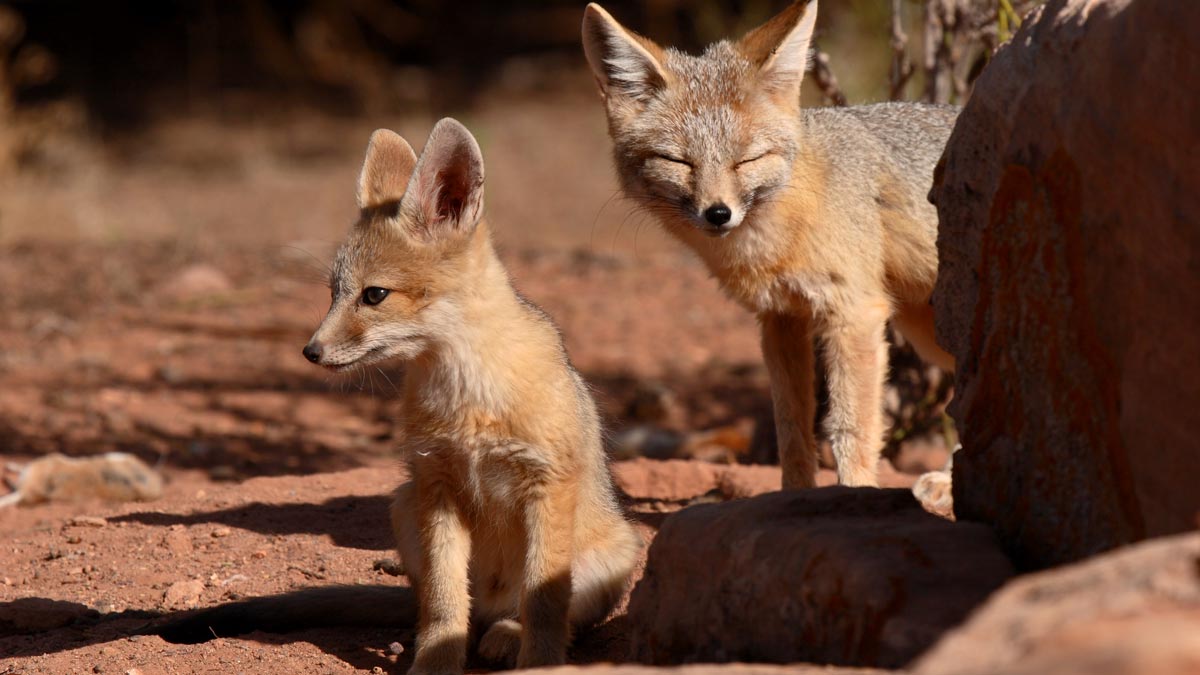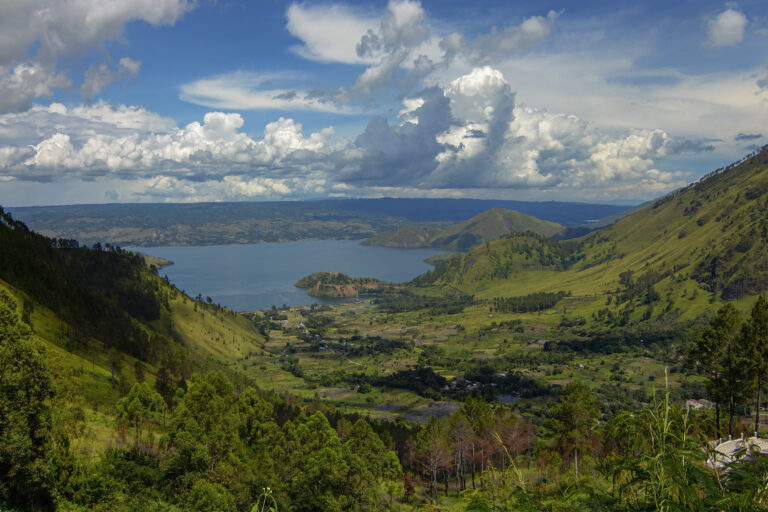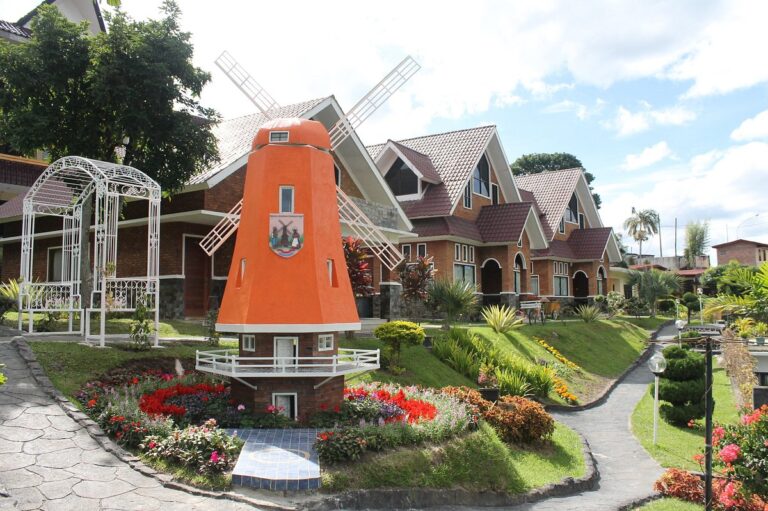Death Valley, California Where the Desert Turns Up the Heat (Literally)
If you’ve ever wondered what it’s like to stand in a frying pan set under the California sun, Death Valley is basically that but with way more epic views, surreal landscapes, and stories that make you feel like you’re in some kind of Mad Max sequel. It’s the hottest, driest, and lowest national park in the United States, yet somehow it manages to pull millions of visitors every year who actually want to roast in its desert glory.
So, grab your hat, sunscreen that could rival SPF 1000, and maybe a gallon of water (or three). Let’s dive into the wild, weird, and wonderful world of Death Valley, California.
A Quick Introduction to Death Valley
Let’s start with the basics. Death Valley sits right on the border of California and Nevada, covering a massive chunk of desert that feels like it stretches forever. This national park is famous for extreme heat, salt flats that look like a frozen lake (spoiler: it’s not ice), sand dunes that could make you feel like you’ve teleported to the Sahara, and colorful canyons that would make Bob Ross proud.
But don’t be fooled by the name “Death Valley.” While it does sound like the kind of place where you’d expect skeletons lounging around with sunglasses, the truth is, it’s full of life both human and wildlife.
The Heat Factor: Just How Hot Does It Get?
Okay, let’s address the elephant in the room or should I say, the sun in the sky. Death Valley holds the record for the highest air temperature ever recorded on Earth: a blistering 134°F (56.7°C) at Furnace Creek in 1913. Imagine opening your oven to grab a pizza, then deciding to live in there. That’s the vibe.
In summer, temps often soar above 120°F. But fun fact: people still visit. If you’re wondering why, it’s probably for the bragging rights. Saying, “I survived Death Valley in July” is kind of a flex.
Landscapes Straight Out of Another Planet
When you roll into Death Valley, you’ll feel like you’re driving through multiple planets in one trip. Seriously, some spots look like Mars, others like the Moon, and then suddenly you’re at a salt lake that feels like you landed on Neptune.
-
Badwater Basin: Lowest point in North America at 282 feet below sea level. The salt flats stretch like a cracked mirror.
-
Zabriskie Point: Golden badlands that glow differently depending on the light. Sunrise here? Unbeatable.
-
Dante’s View: Overlook where you can see the whole valley spread out like nature’s IMAX screen.
Wildlife That Shouldn’t Survive, But Does
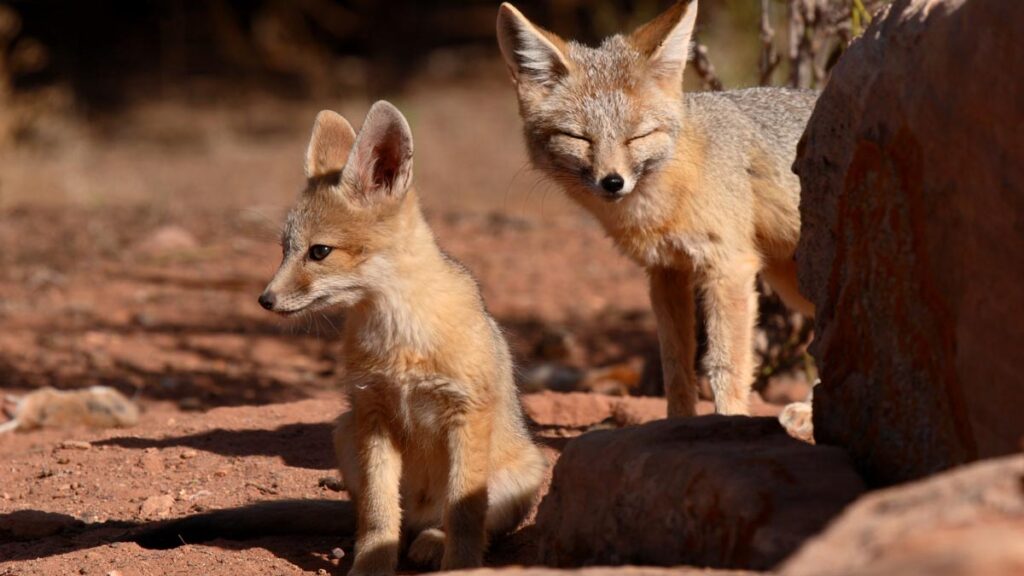
Here’s the twist: despite being one of the harshest environments on the planet, Death Valley has animals thriving like they didn’t get the memo. Coyotes trot along the roads, bighorn sheep climb the rocky slopes, and even pupfish manage to wiggle around in tiny salty streams.
It’s like Mother Nature said, “You know what? Let’s make this place impossible, but also throw in some life to confuse everyone.”
Best Things to Do in Death Valley
Alright, enough background. What can you actually do here? Turns out, quite a lot.
-
Hike through Golden Canyon – A popular trail with otherworldly vibes.
-
Climb Mesquite Flat Sand Dunes – Perfect for sunset photos (and pretending you’re in Star Wars).
-
Stargazing at Badwater Basin – The night sky is insanely clear, like HD but better.
-
Scotty’s Castle – A quirky mansion in the desert with wild history.
-
Drive Artist’s Palette – A scenic drive with hills painted by minerals in colors you didn’t know existed.
How to Survive the Valley (And Not End Up a Meme)
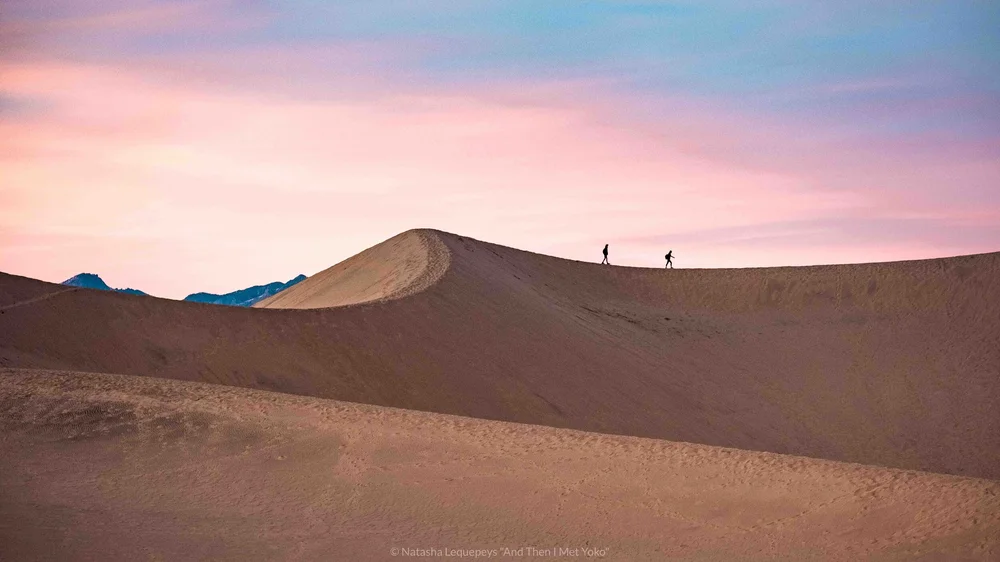
Traveling to Death Valley is fun until you underestimate the desert. Here are a few survival hacks:
-
Carry at least one gallon of water per person per day.
-
Gas up your car before heading in (stations inside are limited and pricey).
-
Don’t hike after 10 AM in summer unless you enjoy feeling like a rotisserie chicken.
-
Cell service is spotty, so download maps ahead of time.
Here’s a quick table for cost and essentials you might need for a Death Valley trip:
| Item | Estimated Cost | Why You Need It |
|---|---|---|
| Entrance Fee | $30 per car | Covers 7 days |
| Water (per gallon) | $2–$5 | Hydration = survival |
| Gas (per gallon) | $6–$8 inside | Pricey, but necessary |
| Sunblock | $10–$15 | Save your skin |
| Hat & Sunglasses | $20–$50 | Shade on the go |
When’s the Best Time to Visit?
Pro tip: Unless you’re trying to recreate a scene from Survivor: Extreme Heat Edition, avoid summer. The best time to visit is between late fall and early spring (October through April). You’ll still get warm, sunny days, but without the risk of becoming desert toast.
Spring also brings wildflowers if there’s been enough rain. Imagine a valley known for heat suddenly bursting into color it’s like the desert’s way of showing off.
Death Valley for the History Nerds
Beyond the landscapes, Death Valley has stories. Native American tribes thrived here long before explorers stumbled in, and the valley became part of the California Gold Rush. Later, borax mining turned it into an industrial hub, with wagons pulled by you guessed it twenty mules.
You’ll still see ruins of mining operations, ghost towns, and historical markers scattered around the park. It’s like a desert time machine.
Camping Under the Stars
If you’re the adventurous type, camping in Death Valley is the ultimate way to experience it. Picture this: no city lights, just a blanket of stars stretching forever.
There are several campgrounds, from the popular Furnace Creek to more remote spots like Wildrose. Just remember bring layers, because while the days cook you, the nights can get surprisingly chilly.
Road Trip Vibes: Death Valley by Car
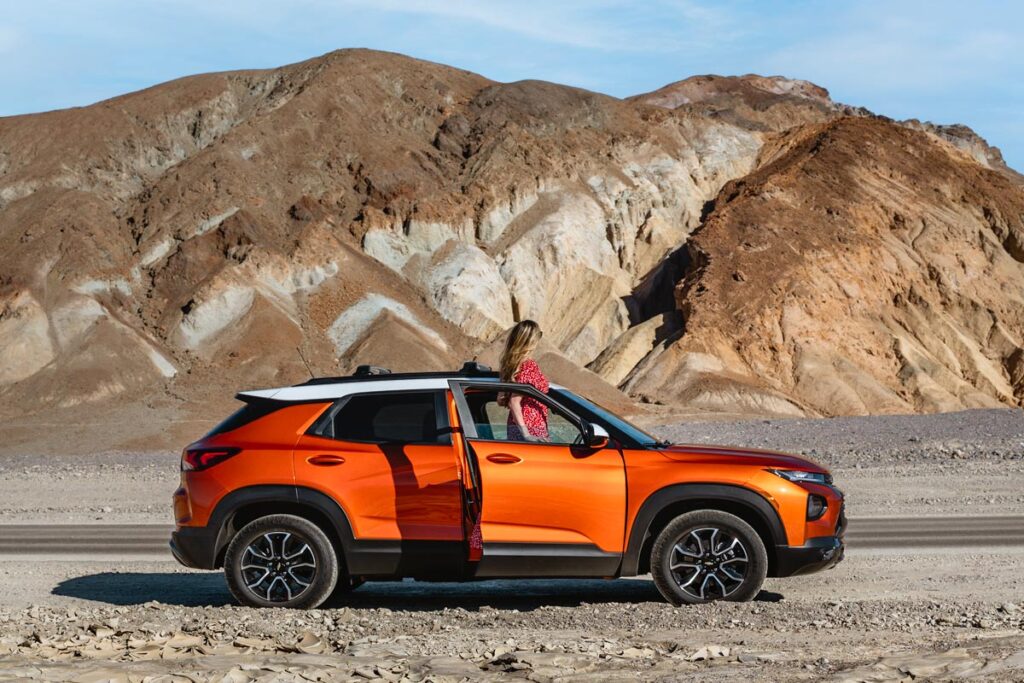
Let’s be real half the fun of visiting Death Valley is cruising the scenic roads. The long, open highways with mountains in the distance give pure road trip energy.
Popular drives include Badwater Road, Artist’s Drive, and Highway 190 that cuts across the park. Just make sure your car is in good shape breaking down here is not the kind of adventure you want.
The Photography Playground
For shutterbugs, Death Valley is basically heaven. Sunrises at Zabriskie Point, sunsets at the dunes, night skies over Badwater Basin it’s a nonstop photoshoot.
Even if you’re not a pro, your phone pics will look like screensavers.
Death Valley vs. Other National Parks
If you’re wondering how Death Valley stacks up against other parks well, it’s unique. Yosemite has waterfalls, Yellowstone has geysers, and the Grand Canyon has epic views, but Death Valley? It’s got the drama. The extremes. The “I can’t believe this is Earth” factor.
Wrapping It Up: Why Death Valley is Worth the Trip
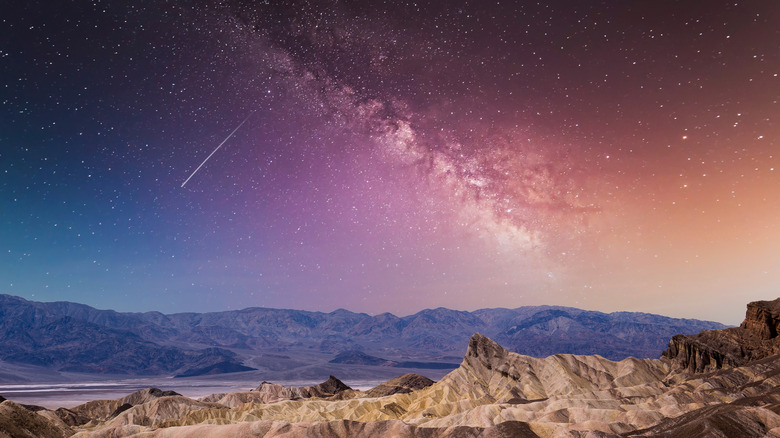
Death Valley, California, might sound intimidating at first after all, it’s literally called Death Valley but once you experience its wild beauty, you’ll realize it’s more about life than death. From colorful badlands to star-filled skies, from salt flats to sand dunes, this place proves that the desert has its own kind of magic.
Sure, it’s hot enough to fry an egg on your car hood, but it’s also one of the most unforgettable landscapes you’ll ever explore. Whether you’re into hiking, photography, stargazing, or just want a road trip story that makes people’s jaws drop, Death Valley delivers.
So pack smart, respect the desert, and get ready to fall in love with one of California’s most extreme and most stunning natural wonders.
FAQs About Death Valley, California
1. Is it safe to visit Death Valley in summer?
Yes, but only if you take precautions. Carry lots of water, avoid hiking after mid-morning, and don’t underestimate the heat.
2. Do people actually live in Death Valley?
Yep! There are small communities like Furnace Creek where park staff and a few residents live year-round.
3. What’s the coolest thing to see in Death Valley?
Hard to choose, but Badwater Basin, Zabriskie Point, and the sand dunes are top contenders.
4. Can I camp anywhere in the park?
There are designated campgrounds, plus some backcountry options with permits. But wild camping without prep isn’t recommended.
5. How many days do you need to explore Death Valley?
Two to three days is ideal to see the main highlights, but you could easily spend a week if you’re into deeper hikes and photography.

